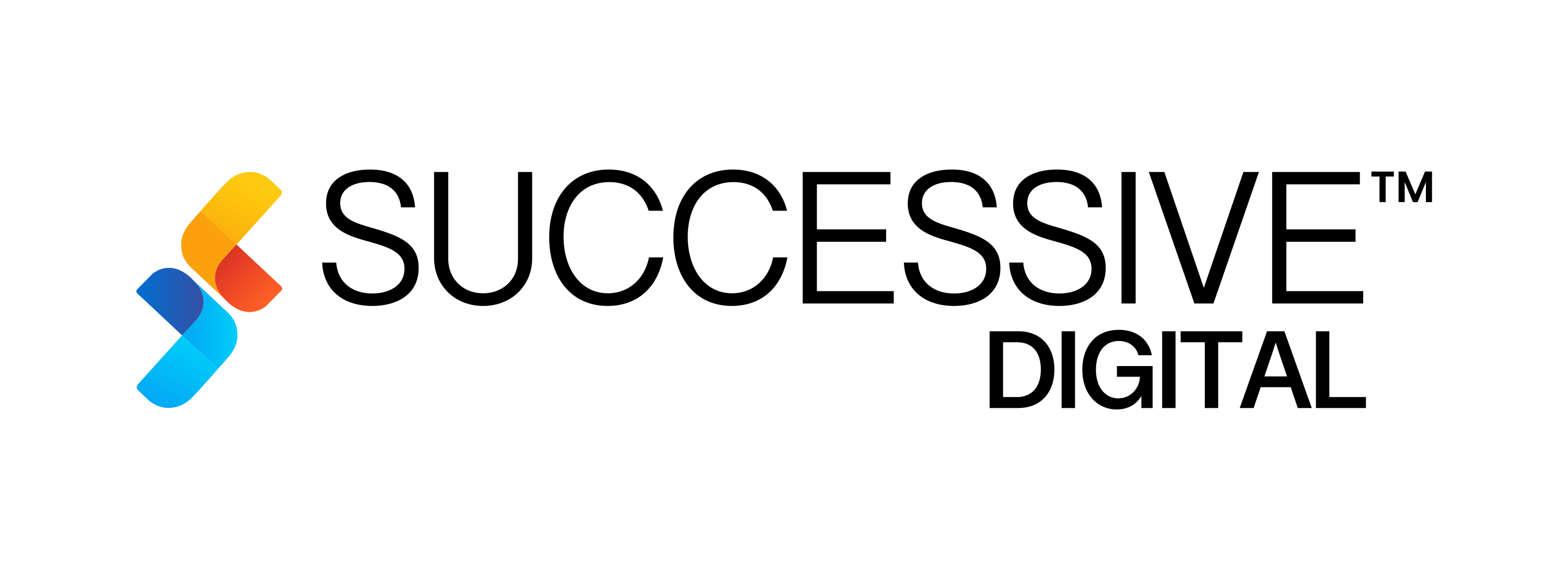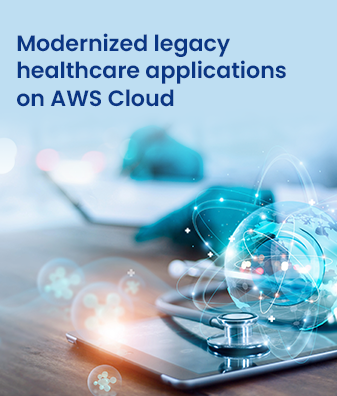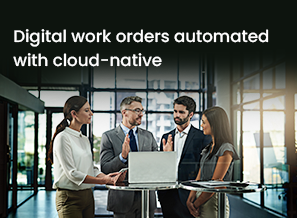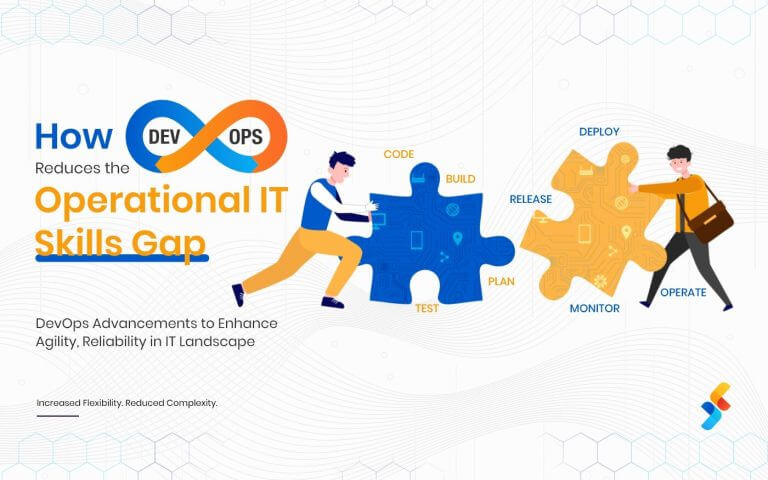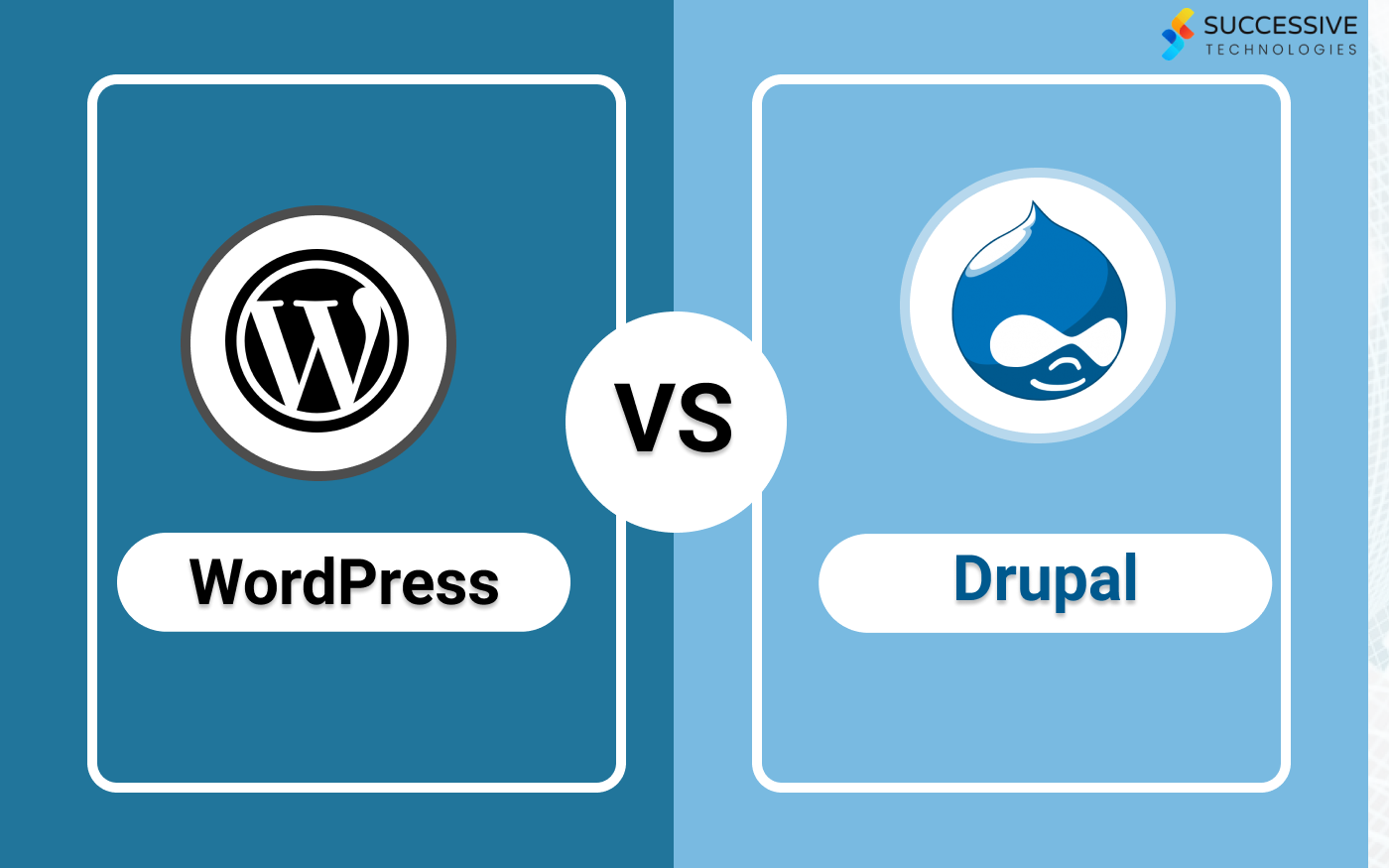Headless CMS solutions are now quickly emerging as the preferred option for business organizations that need to provide context-specific, multichannel digital experiences.
But even while the technology is allowing for more flexibility, scalability, and velocity, corporate Headless CMS implementation is not a smooth ride. Most companies dive into this shift hoping for instant ROI before being stopped by technical and operational hurdles that stand in their way.
If you are soon to plan your Headless CMS deployment, or already underway, this blog will assist you in steering clear of common pitfalls and provide pragmatic means to steer clear of them, without squandering your team’s time and money.
What Is Headless CMS in Simple Terms?
In case you remain uncertain, “what is a headless CMS?” here is a brief definition:
Headless CMS is a back-end CMS where the content repository (“the body”) is separated from the presentation layer (“the head”). Developers of the headless CMS development company can build and design any frontend (web, mobile, app) via APIs as marketers consume content from a single location.
This arrangement allows companies to fully own where, when, and how content is being displayed—but it does take more intentional Headless CMS adoption to get it just so in the long term.
Also read: Headless CMS Migration- challenges & opportunities
Headless CMS Implementation: 6 Common Pitfalls & Overcome Strategy
Pitfall 1: Headless CMS As a Plug-and-Play Solution
The greatest enterprise myth is installing a headless CMS as an advancement of software. Everybody, including most of the stakeholders, has the belief that it’s a turnkey solution and will auto-replace their existing legacy CMS. But Headless CMS implementation includes architecture changes, content modeling changes, API integrations, and even team reorganization in some cases.
How to Fix It:
Begin with an implementation strategy that involves technical evaluations, content audits, and user journey analysis. Frame the process as a digital transformation effort, rather than a hurried software migration.
Pitfall 2: Unclearly Defined Content Models
Contrary to traditional CMS, where templates dictate the appearance and feel of the content, headless CMS landscapes demand organized content models. That provides you with flexibility, but that also implies that you have to take the time initially to specify how your content is saved, fetched, and reused across channels.
Firms typically avoid that or copy their existing templates over into the new landscape, which causes confusion, work duplication, and redo’s.
How to Fix It:
Design content models based on your business logic, not on how things used to work. Think modular. For example, instead of building a “Product Page,” define reusable components like “Hero Banner,” “CTA Block,” and “Product Highlights.” Work with a headless CMS agency as they have adequate technical experience in all things headless CMS.
Pitfall 3: Underestimating the Role of Frontend Development
Everyone except most companies realizes too late that there is no headless frontend included with a headless CMS. You have APIs, but you need to add the actual UI for web, mobile, and other digital channels yourself. Without a frontend team that understands new frameworks such as React, Vue, or Angular, the project comes to a halt.
How to Fix It:
Alignment of your frontend and backend staff is essential before initiating CMS implementation. Identify what channels you’ll be pushing content to, and what their tech stacks should be. If you lack the necessary resources, you may wish to contract the services of a headless CMS development company that provides full-stack solutions.
Have a travel website that needs a makeover? Start with this comprehensive guide – Travel website modernization with a headless CMS.
Pitfall 4: Lack of Content Governance
Enterprise content is not merely written and pushed out. It gets approvals, legal check, localization, and even compliance check at times. Legacy CMS have all of these workflows built-in. In a headless CMS, you must build them yourself or use third-party tools.
Not planning for governance causes content bottlenecks and errors that fall through the cracks.
How to Fix It
Day one, set open workflows. Create roles for writers, editors, approvers, and reviewers. Find headless CMS solutions with role-based access controls, versioning, and support for integration into your approval tools (e.g., Jira, Slack, or internal DMS tools).
Pitfall 5: Choosing the Wrong Headless CMS
With so more than 50 vendors in the market, from open-source to fully managed SaaS, a right headless CMS selection can be overwhelming. Some CMS is developer-centric, while others are totally marketer-centric. An out-of-alignment choice can lead to learning dividends or adoption limitations.
How to Fix It:
Don’t decide on just price or features. Ask more nuanced questions:
- Is the CMS omnichannel-delivery-friendly?
- Can marketers post and preview content without the assistance of developers?
- What is scaling when traffic doubles or triples?
Don’t know? Hire a headless CMS agency to perform platform testing and proof-of-concept.
Also read: How enterprise CMS can upgrade your content strategy
Pitfall 6: Ignoring SEO and Performance
Because a headless CMS decouples the frontend from the backend, SEO doesn’t come “out of the box.” You’ll need to manually implement schema markup, metadata control, sitemaps, and server-side rendering (SSR) or static site generation (SSG). Enterprises that overlook this end up with beautiful experiences that rank poorly in search engines.
How to Fix It:
Collaborate with developers familiar with SEO in decoupled platforms. Use frameworks that support SSR (such as Next.js or Nuxt.js) and ensure your CMS provides unrestricted access to meta fields, slugs, redirects, and sitemaps.
Final Thoughts
An Headless CMS solution isn’t technology advancement – it’s a paradigm shift in the way your company thinks about content. Don’t fall into these traps by being strategic, having proper resources, and understanding what your teams need today and tomorrow.
If you’re embarking on this journey and don’t know where to begin, it’s worth hiring a specialized headless CMS agency to save you months of effort and trial and error.
Omnichannel, modular, instant: that is the content future. That is, if your infrastructure is up to it.
Need help with your Headless CMS strategy? Get in touch with our CMS development team.
Whether you’re checking out opportunities, on the verge of migrating, or already in transit, we at Successive Digital assist entities like yours in crafting high-performing, scalable content platforms.

